how are all my friends and colleagues doing, this time I will share a post related to how the guide when the plane on the air that is very unreasonable if we do not know why it can happen, so the plane that we or you are riding it safe and comfortable until the destination .following his footage of system controls when the aircraft is in the air.
WHEN DOING on a plane, have you ever wondered how the pilot knew his purpose? You may be nervous when you think of tens or hundreds of planes going back and forth in space at the same time. How did they not hit each other?
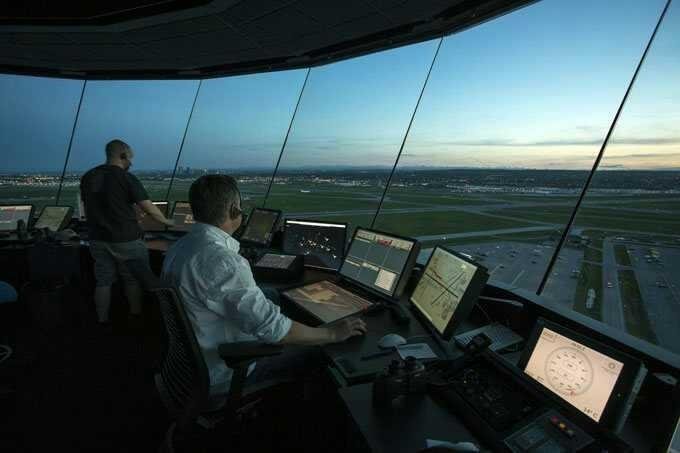
The captain, or pilot who controls the plane, is most responsible for the safety of a plane's flight. However, what often happens is that he can not see other planes flying around and not knowing where they are. For this reason, most countries have air traffic guidance systems. The officers on land continue to follow every phase of the flight that operates following the rules of the flight instrument.
Samuel, who was 13 years in charge of air traffic in California, said, "Air traffic specialists play an important role in air traffic safety. "The first and foremost is safety, but in addition to safety, we also manage air traffic control and order." So, in addition to helping to prevent the collision, the air traffic guides also ensured that the movement of the plane smoothly.
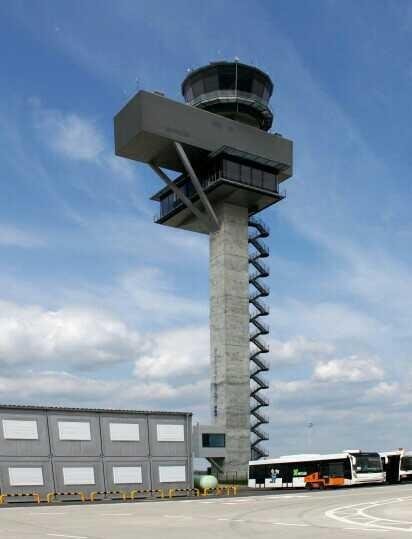
The purpose of all these arrangements is that when the pilot is busy with his work in the cockpit, the eyes and ears of many officers on land can continue to monitor the flight. The pilot regularly speaks by radio, not only with the guides at the departure and destination airports, but also with the officers who are in certain locations between the two airports.
Monitoring the things that the pilot has not seen is very important in this era of high-speed aircraft. Imagine, there are two commercial jet planes in the same lane from opposite direction. By the time the pilots see each other, there may be only a few seconds to circumvent the collision! It is the responsibility of air traffic guides to prevent such occurrences. Long before the pilots see each other, they will be instructed to keep a safe distance.
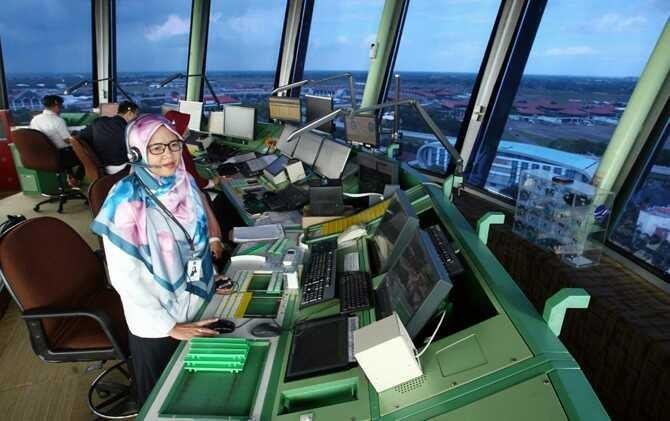
Ground radio transmitters that serve as signposts provide signals that guide the aircraft. The pilot has an instrument that captures the signals from the transmitter and notifies its position appropriately. Because the radio transmitters are installed in certain locations, the plane seems to fly from one point to another until it arrives at their destination. Actually, with the help of this navigation system created a specific air path.
Air traffic guides monitor the aircraft on this flight path. Prior to departure, pilots were required to register flight plans showing the flight route they were going to take. The guide has a copy of the route, called the flight progress strip. Salvador Rafael, a head of air traffic guides, explained the benefits of the plan, "There are crossing points on the flight path. When a pilot flies over the points, he or she should report the information to the guide. Then, the officer will mark it on the flight plan route. "Thus, the guide gets a mental picture of the flight path.
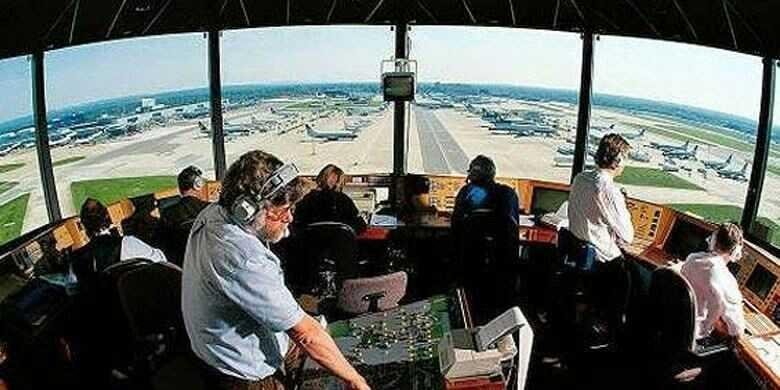
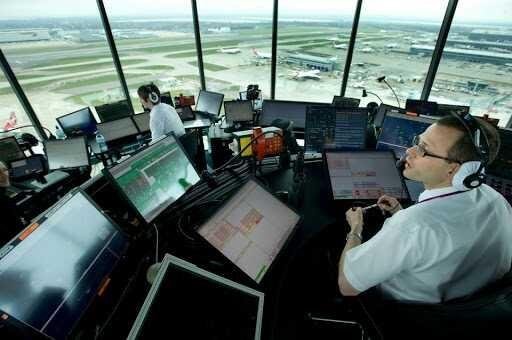
Radar is another tool used by air traffic guides. The radio waves on the plane will be reflected and captured by the radar antenna. Then, on the radar device screen, the plane will look like dots or targets. Many aircraft are equipped with a transponder device, which returns the plane marker signal to the radar. When the signals are combined with information on the computer, the aircraft will appear on the radar screen, complete with flight number, speed, altitude, and aircraft type.
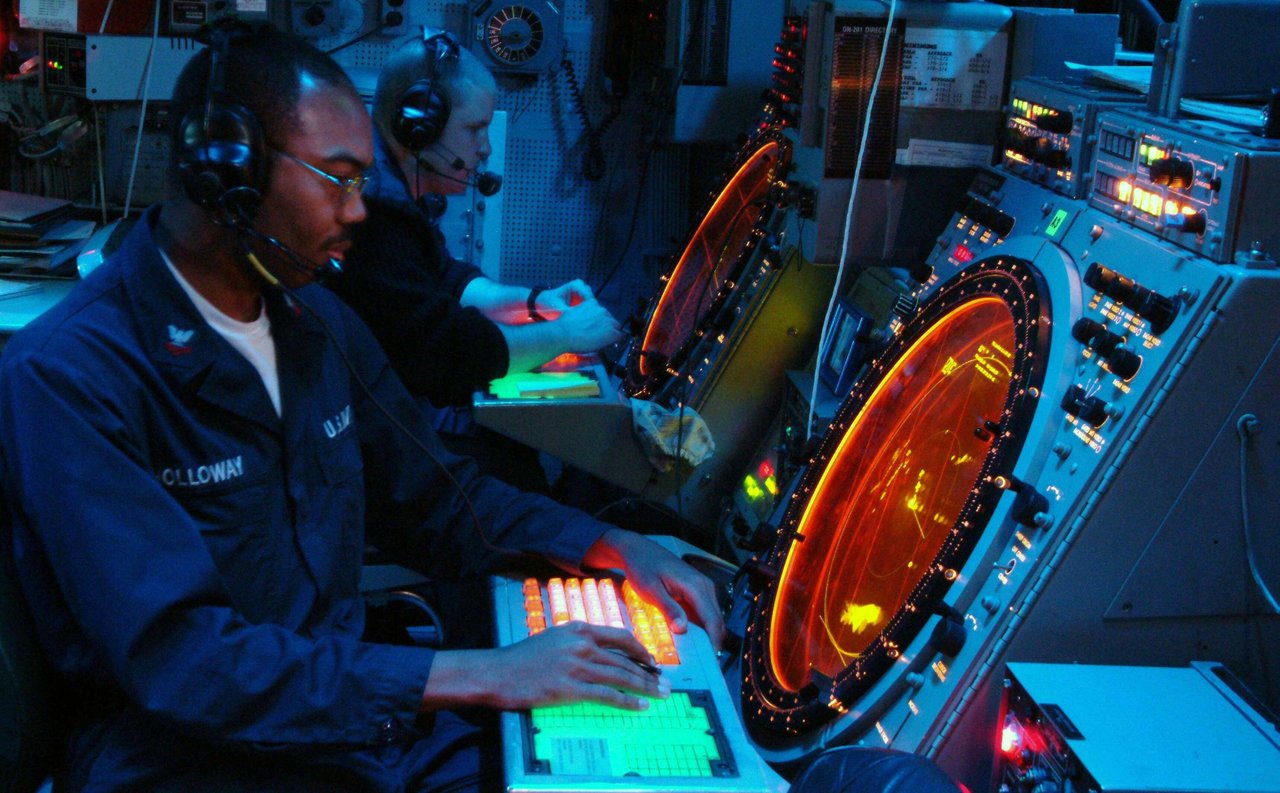
Find a short snapshot of me on the air traffic guidance work that keeps your flight while on the plane.
